Affiliate links on Android Authority may earn us a commission. Learn more.
ZTE Blade S6 Review
February 7, 2015
In the last year or so, budget-friendly smartphones have become a huge part of the Android landscape, with OEMs not compromising on elements like build quality and performance, even with the devices boasting price tags that are less than $300, or even $200 in a few cases. It is also a testament to how far we’ve come in a short of amount of time, when you consider that a lot of these smartphones pack specifications that were thought of as flagship only a couple of years ago.
The competition in this space is heating up, and even though 2015 has just begun, we’ve already some great additions in this category. Joining these smartphones is another great budget-friendly offering from the Chinese device manufacturer ZTE, which we will take a closer look at in this in-depth review of the ZTE Blade S6!
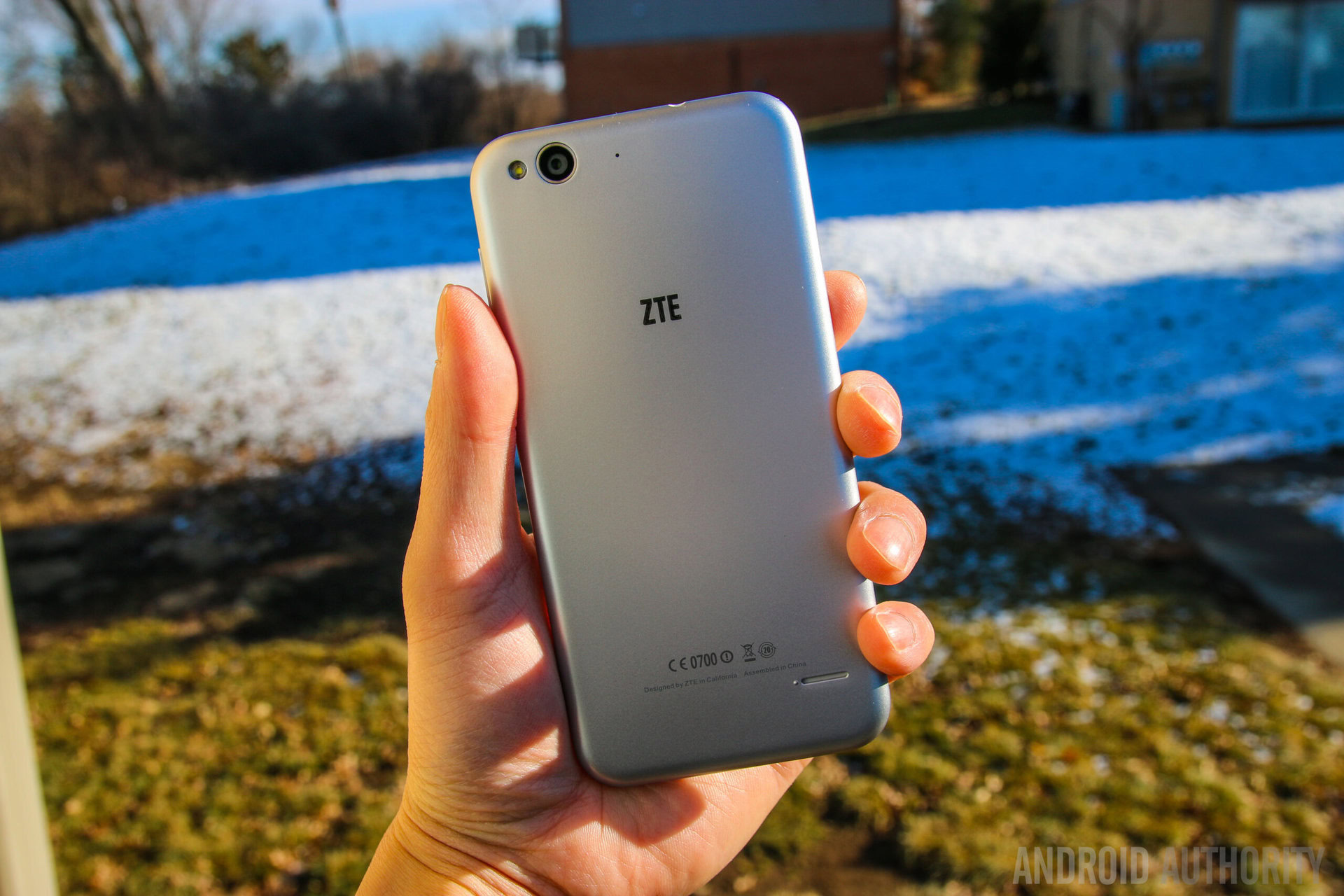
When looking at the ZTE Blade S6 for the first time, it is obvious what inspired the design of the phone. From its gray colored body, rounded corners and curved sides, to the positioning of the logo, the camera, and even the “Designed by ZTE in California, Assembled in China” stamp on the back, the Blade S6 borrows heavily from the design language of the iPhone 6. Of course, while it looks similar, the actual build quality and feel in the hand is a completely different story.
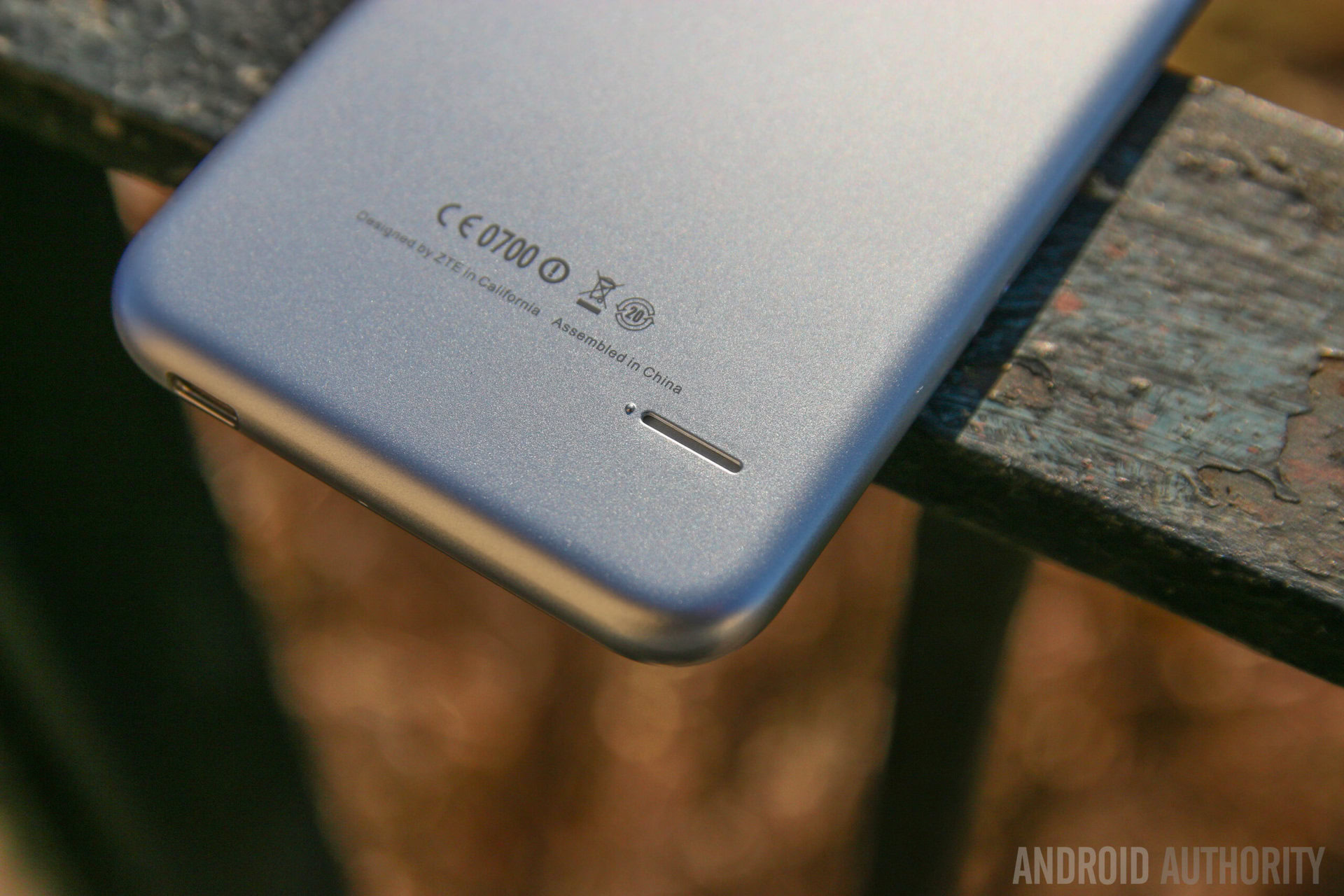
The entire body of the Blade S6 is made of plastic, and while plastic doesn’t necessarily have to feel cheap, as we’ve seen from the slew of premium quality mid-range smartphones released recently, unfortunately in this case, it does. For starters, the plastic is coated in a smooth satin finish, likely to mimic the metallic feel of the iPhone 6, and it does tend to slip around in the hand quite a lot, even if I have luckily not dropped the phone yet. The back of the device also has a lot of give to it, resulting in a very hollow feel. This may be the case only with this particular review unit though, but it is something that is noticeable right away.
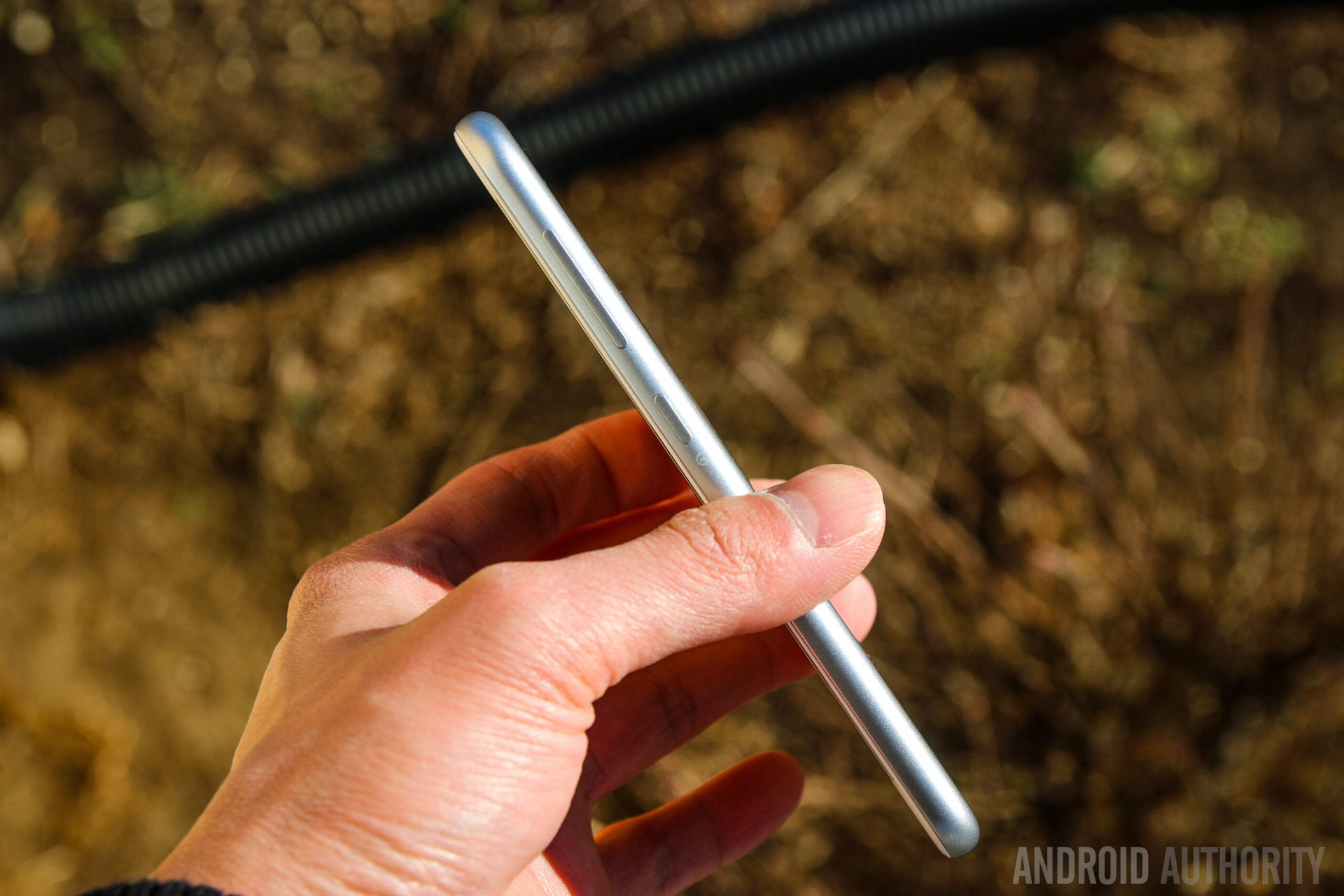
On the bright side, the device is fairly thin with a thickness of just 7.7 mm. Combined with its 5-inch display, thin bezels, and rounded corners and sides, you get a phone that is easy and comfortable to use with one hand, even if you do have to worry about it slipping out. Going around the device, the power button and volume rocker are located on the right side, within easy reach, with dual SIM card slots and a microSD card slot found on the left, along with the headphone jack and microUSB port found at the top and bottom respectively.
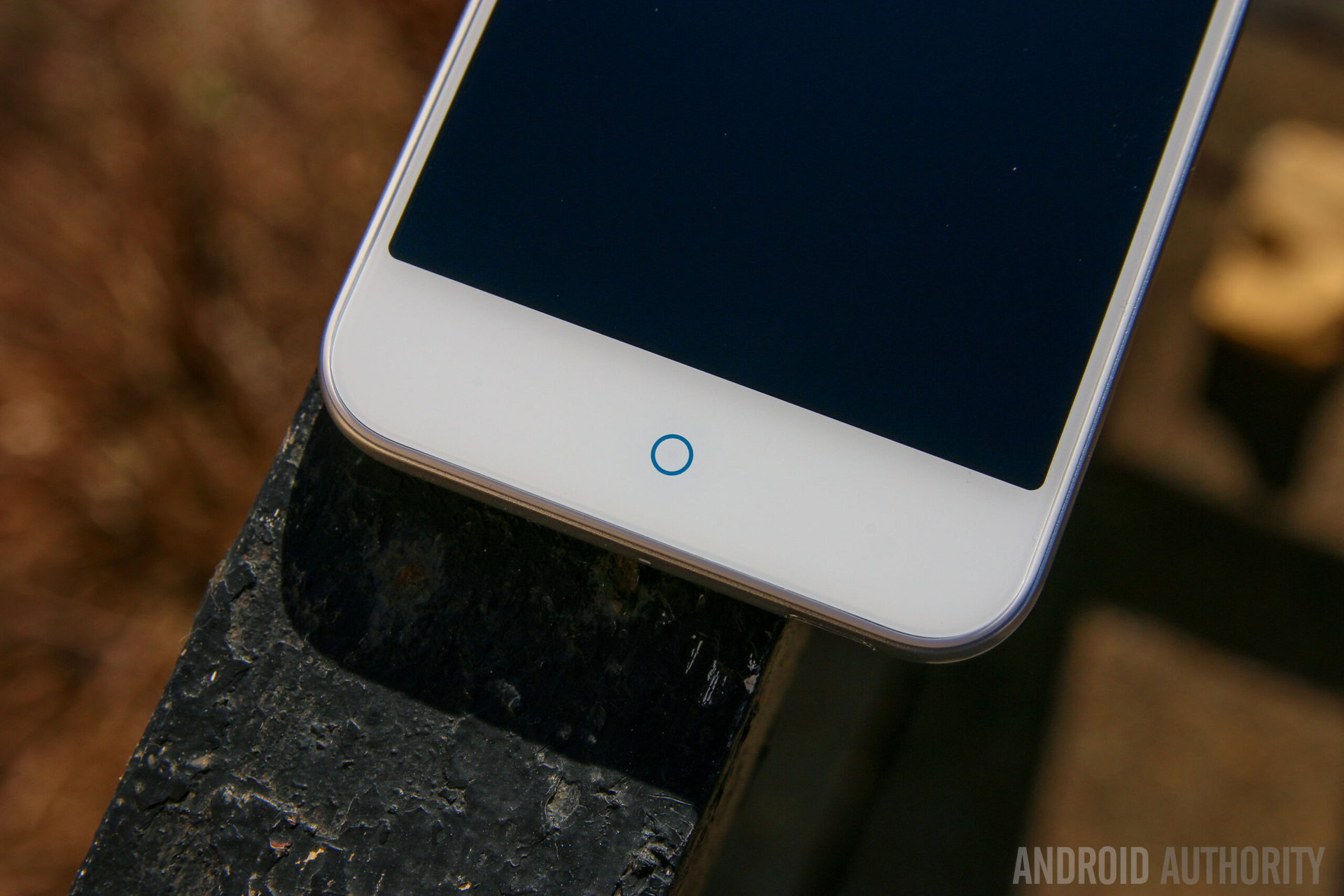
The Blade S6 utilizes capacitive keys up front, and they do have an appealing unique look to them. The home button in the center is denoted by a blue ring that also glows a nice bright blue when you touch it, to indicate when you have notifications, or when the device is charging. Two LEDs flank the home button to represent the back and menu keys. By default, the back button is to the left and the menu key is on the right, but that is a setting that you can flip if you prefer it the other way around.
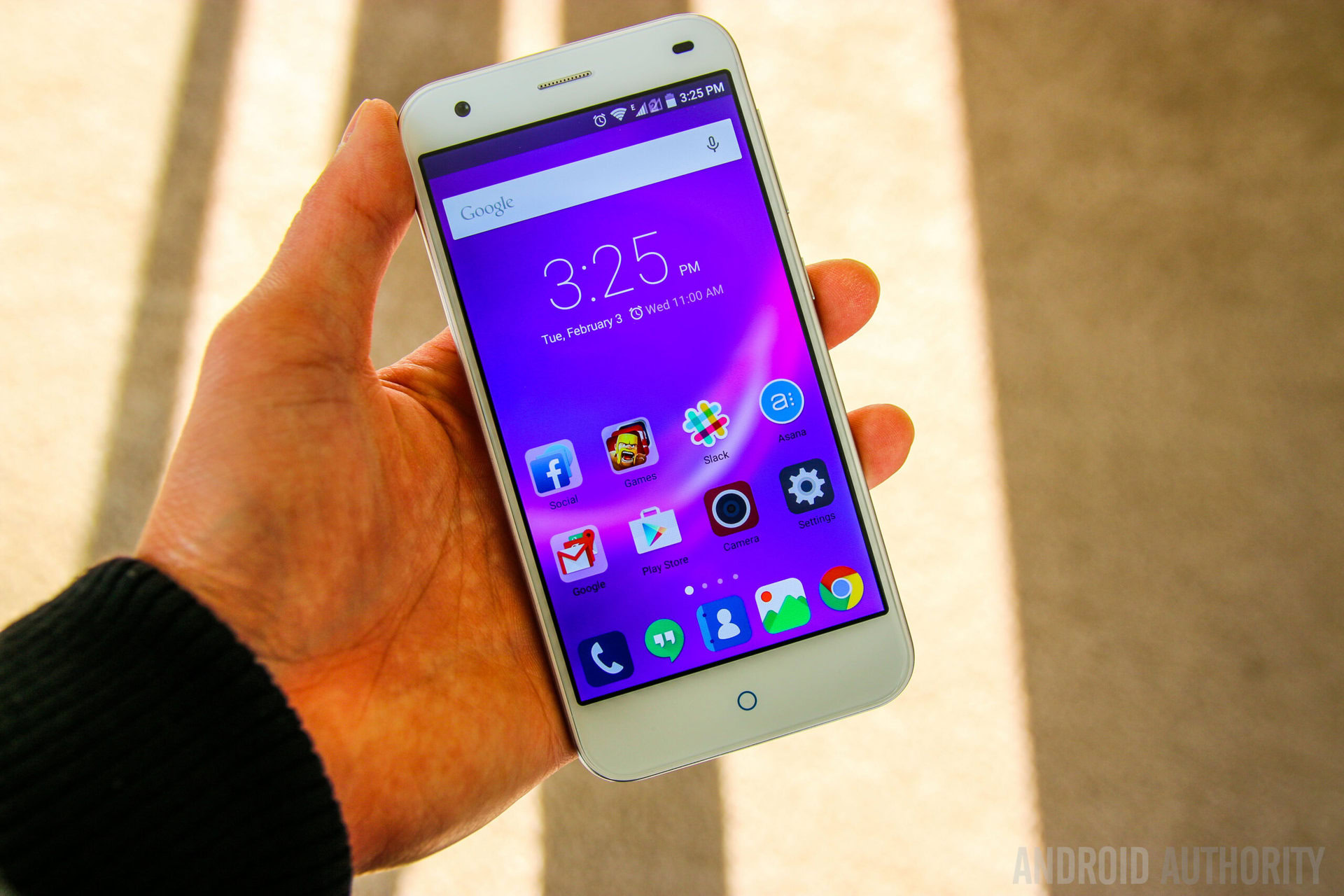
The ZTE Blade S6 comes with a 5-inch IPS LCD display, with a 720p resolution, resulting in a pixel density of 294 ppi. This resolution may be a little low for pixel junkies, but the experience on the display was very good, with everything, including videos and games, looking great. The display brings with it all the loved features of IPS LCD panels, including vibrant but not overly saturated colors, great brightness, and good viewing angles. While not at the level of some AMOLED screens out there, the black levels provided by this display were also surprisingly good, and might be the best I’ve seen on an LCD without exhibiting light bleed.
One of the best parts of this display has to do with the glass panel itself, with edges that are curved, similar to what we’ve seen on the Moto X (2014), resulting in a very smooth and seamless experience when swiping.
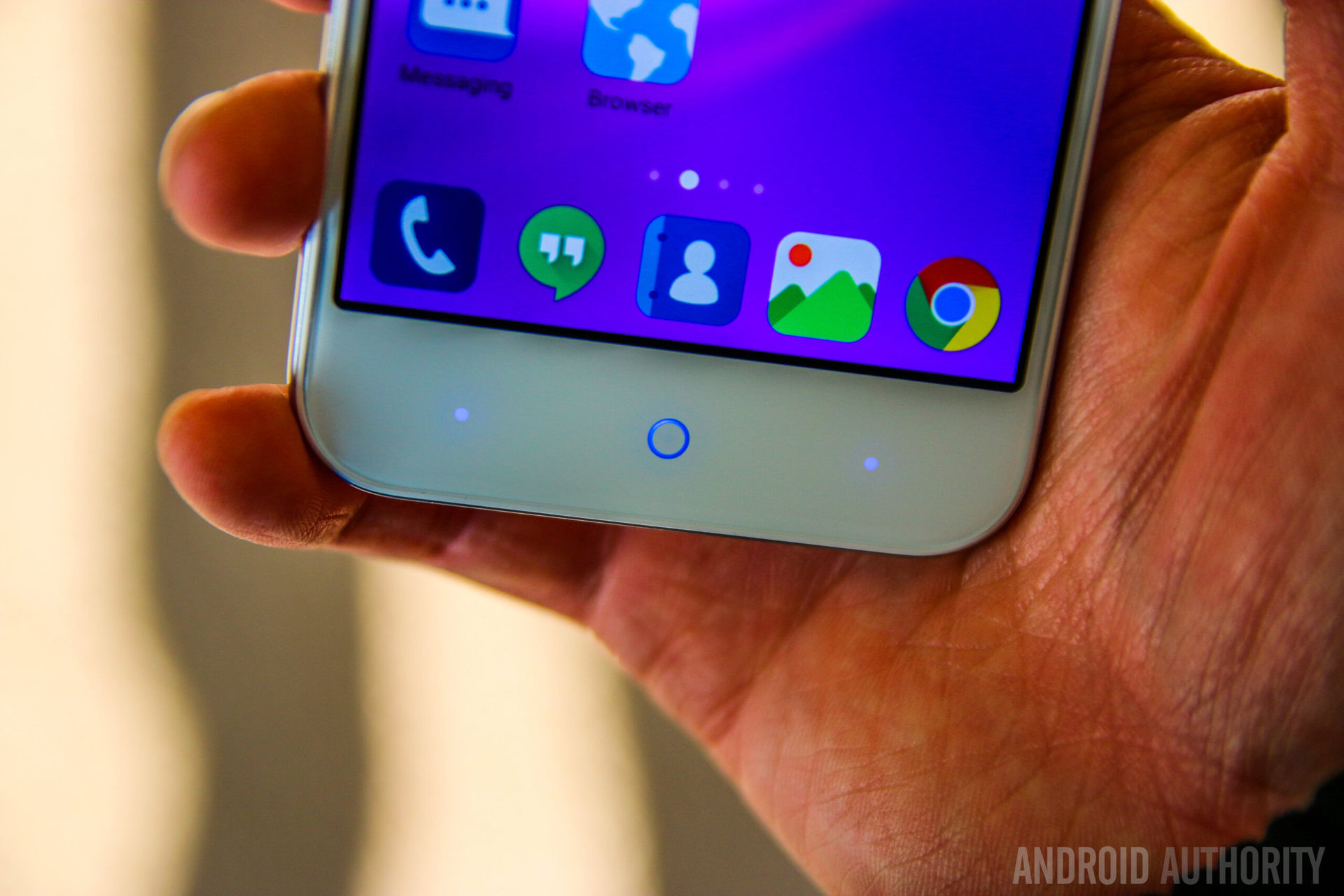
Under the hood, the Blade S6 packs an octa-core 64-bit Qualcomm Snapdragon 615 processor, clocked at 1.7 GHz, and backed by the Adreno 405 GPU and 2 GB of RAM. This is one of best mid-range processing packages currently available, that allows for a performance that is quite similar to its more high-end counterparts in every day tasks.
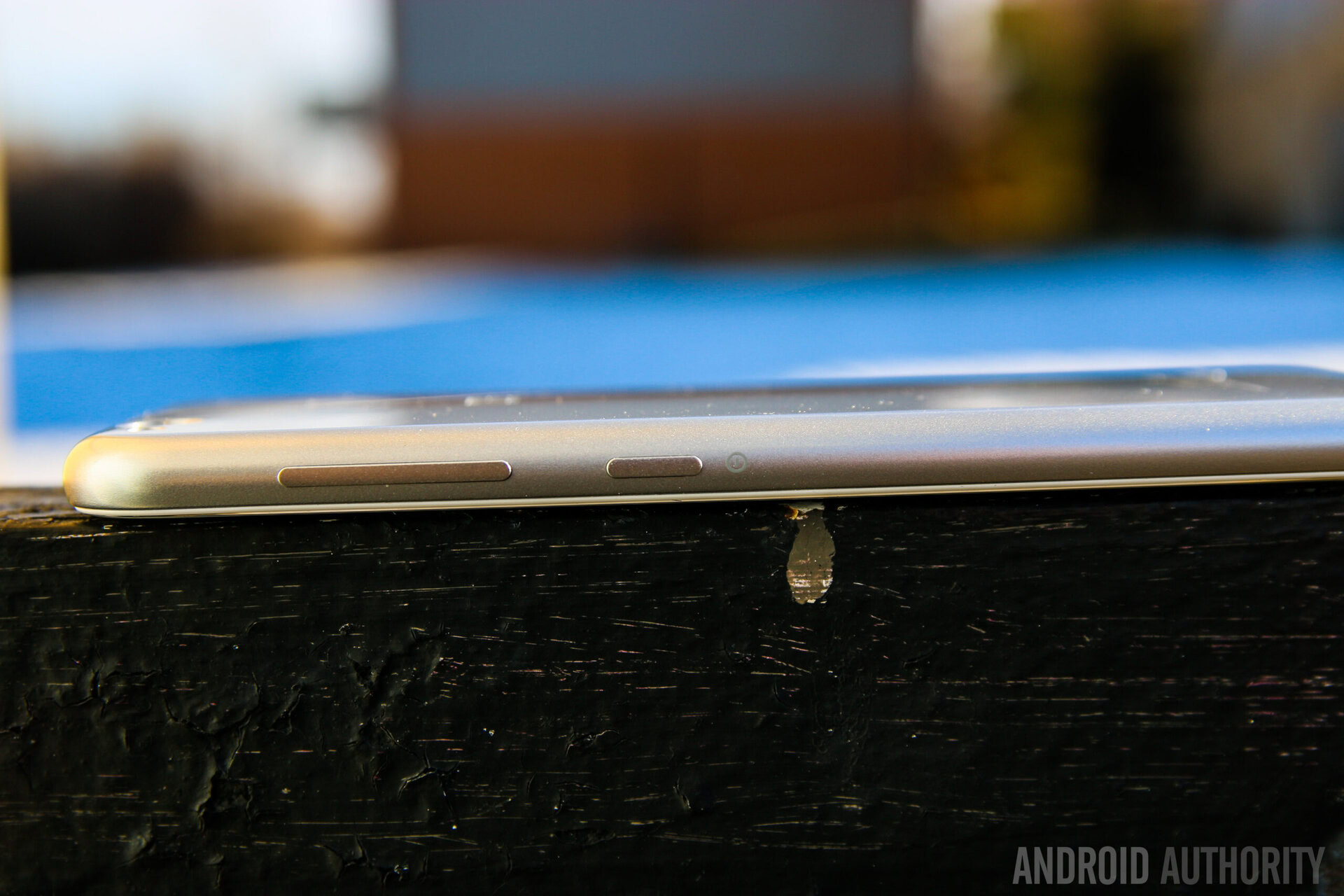
The Blade S6 is snappy, responsive and fast. Animations run smoothly every time, apps opening quickly, and multi-tasking is a breeze. The gaming experience is also great, with the device handling graphic-intensive games very well. One jarring performance issue that did come up when sliding the brightness slider to the left or right, which resulted in some choppiness. This is likely a software optimization issue though, and is a minor gripe given the excellent overall performance this processing package provides.
The device comes with 16 GB of on-board storage, which is further expandable by an additional 32 GB via microSD. A single speaker is found on the back at the bottom right corner, and while it does get the job done, it obviously doesn’t provide as good an experience as you would get with a front-facing speaker. As is the case with most rear speaker setups, it is quite easy to cover it up while holding the device, and the sound is muffled if the phone is placed on a flat surface.
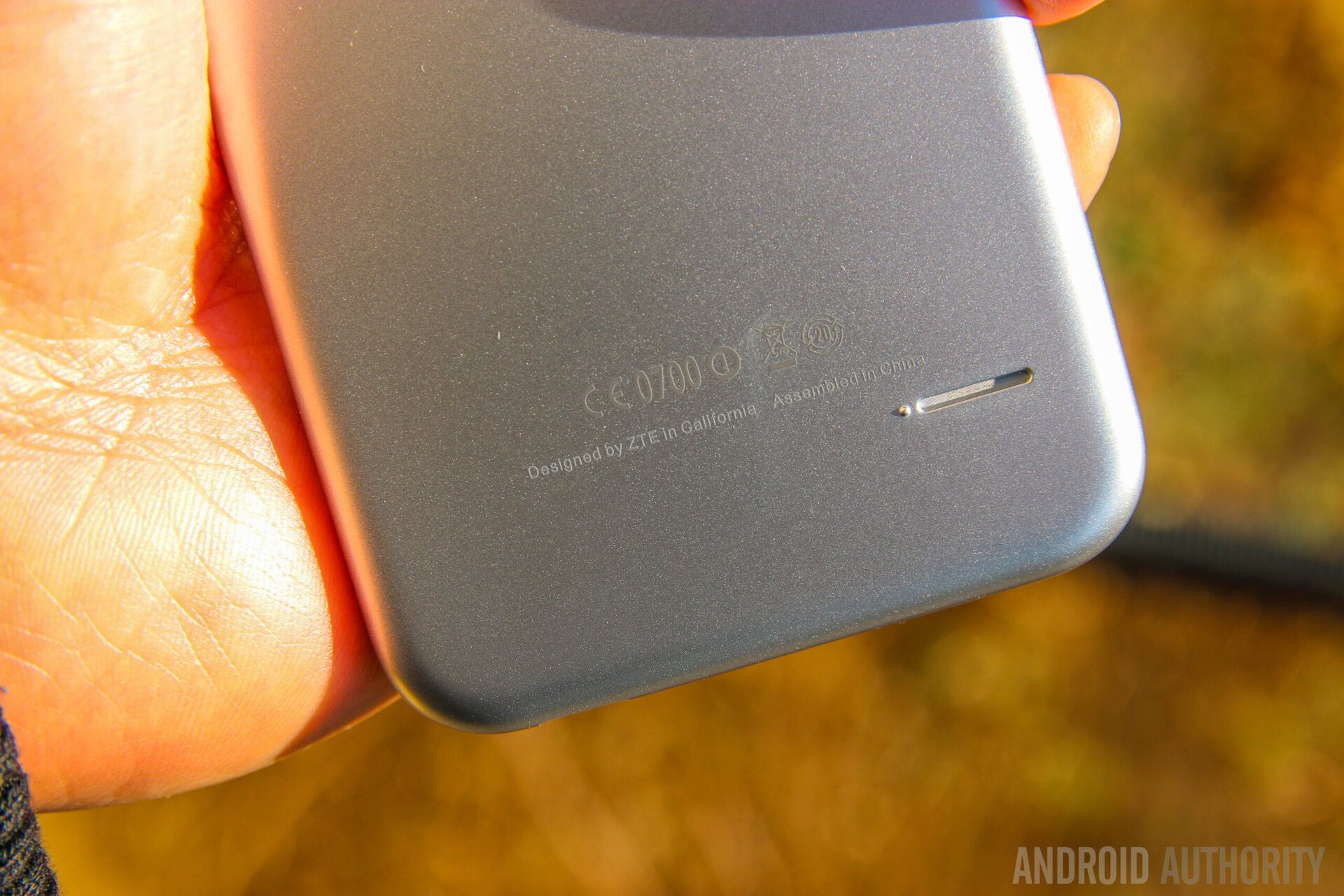
A standard suite of sensors and connectivity options are available, including support for 4G LTE, but it is worth noting that since this device is catered towards Asian and European markets, it doesn’t connect to LTE networks in the US. In fact, while testing this device on the AT&T and T-Mobile networks, I was surprised to find data connectivity limited to Edge, which made the device difficult to use. A lot of devices available for international markets can get at least 3G connectivity, if not LTE, so this was certainly very disappointing to see. If you aren’t in close proximity to a Wi-Fi network for the majority of your day, the Blade S6 may unfortunately not be the device for you, if you’re living in the US.
When it comes to the battery, the Blade S6 comes with a 2,400 mAh unit. In my testing, I managed to get up to 15 hours off the charger, with around four and a half hours of screen-on time, but keep in mind that, as mentioned above, this was while primarily on a Wi-Fi connection, and usage will vary when the device is connected to 4G LTE, so overall, the battery life is just about average. Battery saver modes are available though, so you will have the option to squeeze some extra juice out of the battery in an pinch.
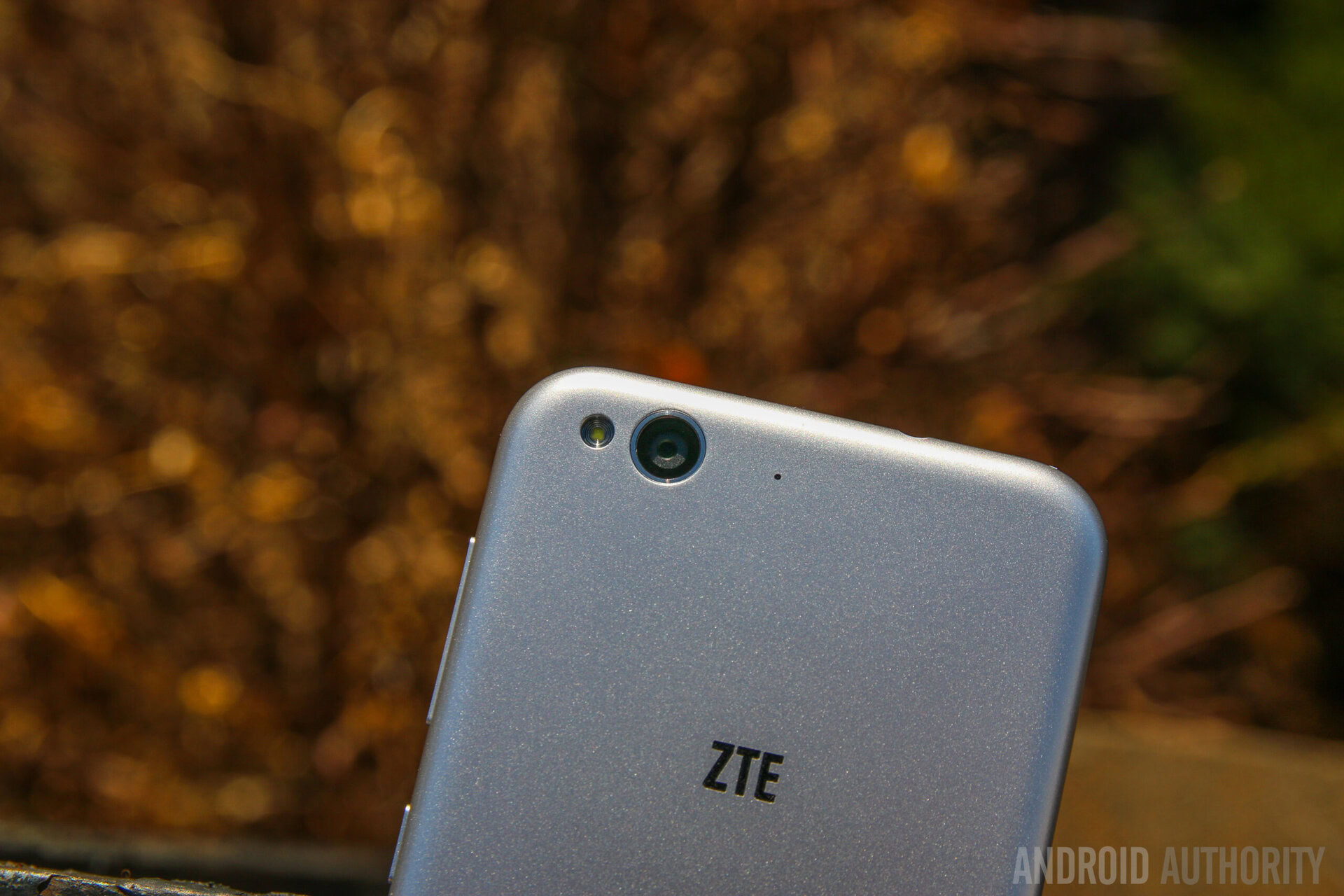
Moving onto the camera, ZTE claims that the Blade S6 will deliver DSLR-like quality, which is definitely a bold statement to make, but essentially what you’re looking at is a Sony made 28 mm wide-angle lens, coming in at 13 MP.
When you jump into the camera interface, you’re going to notice two modes – simple and expert. Simple is basically just an auto mode that lets you snap photos without having to worry or play around with any additional camera settings. On the other hand, Expert mode introduces a few additional controls like white balance, ISO, metering, and exposure, but that’s about as extensive as it gets. Various shooting modes like HDR, panorama, and a few others are also available, but one thing to note is they’re only accessible when you’re shooting in the Simple mode.
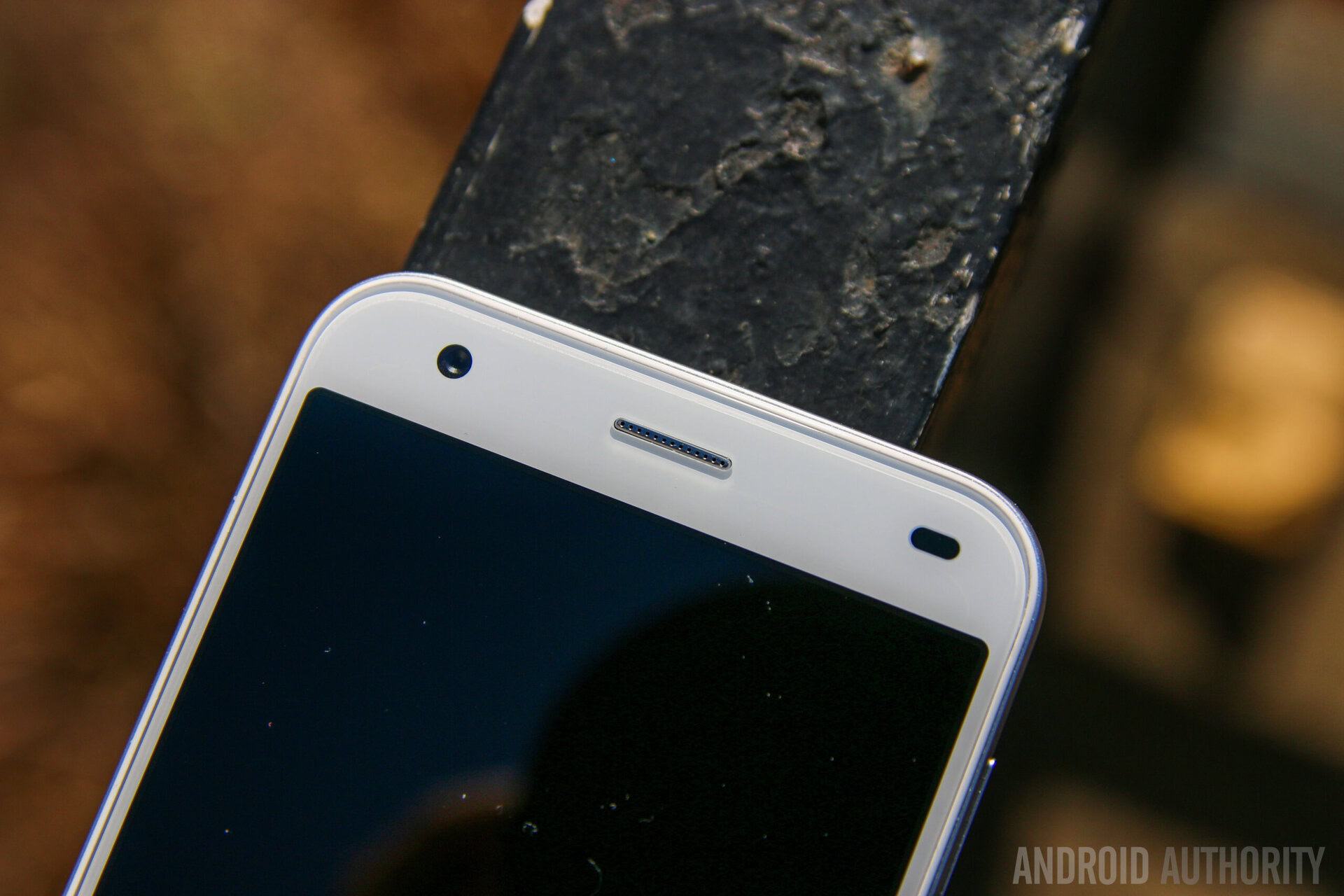
While I don’t think the pictures are DSLR-like quality, I will admit that they are actually quite good. Pictures are sharp and vibrant in color, but not overly so that it looks unrealistic, and in most situations where lighting was adequate, I was able to get pretty much any shot that I wanted. The f/2.0 aperture is also great, giving off that bokeh effect that you can normally only achieve with a DSLR camera. Dynamic range however isn’t the best, and tends to crush the darks quite a bit, causing a lot of loss in detail. HDR does help in most situations, but I found that it works best indoors. In outdoor situations, it does bring out more detail as you would expect, but tends to create a very cold and unnatural looking blue cast to the images. With indoor shots, it was a lot more reliable, and what I really enjoyed about the HDR post processing is that it also bumps up the saturation, giving off a very vibrant look that I thought was pleasing to the eye.
In low light, performance was pretty shoddy, which was very surprising considering the f/2.0 aperture. The noise levels are extremely high, making it impossible to capture much detail, and a maximum ISO of 800 doesn’t help improve the situation either. All said and done, the rear camera is pretty solid, but it’s a far cry from what you can get from a DSLR.
If you’re a selfie lover, you’ll enjoy the front-facing camera, as it comes in at 5 MP. The quality isn’t spectacular by any means, but just like the rear camera, it is a wide-angle lens, which means that you can easily fit you and a couple of your friends into a single shot.
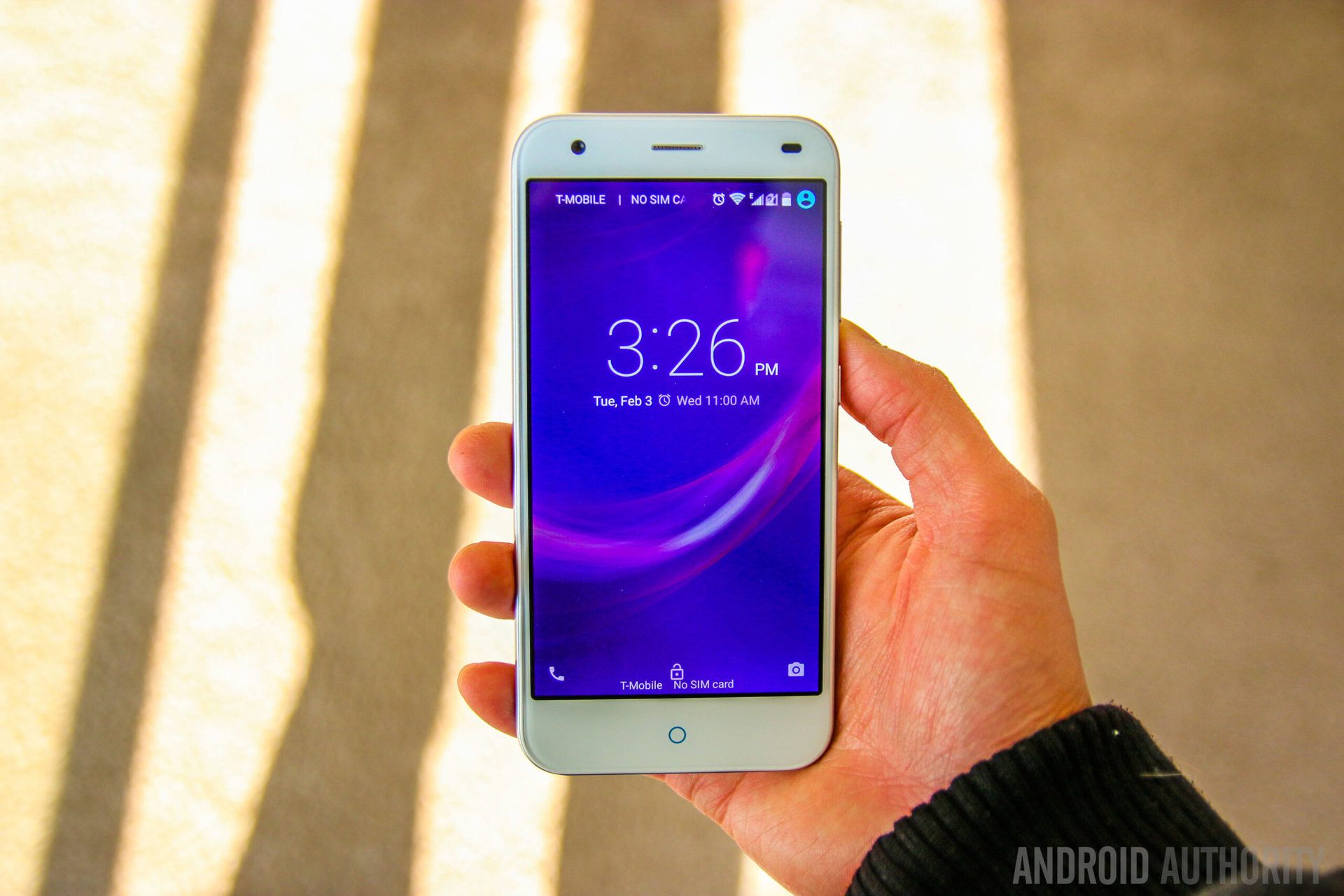
With Android 5.0 Lollipop out of the box, the ZTE Blade S6 is one of the few phones that runs the latest iteration of the OS. You get all of the great features of Lollipop with a few additions from ZTE, and while the custom launcher does have its unique features, a lot of the stock elements of Android 5.0 are available here. Elements like the lockscreen, notification shade, overview, and applications like the settings, dialer, and clock still preserve the material design from Google.
Like the software experience we get on most devices from Chinese OEMs, the custom launcher is colorful with squared icons, and does away with the standard app drawer in favor of having all applications reside on the home screen, leaving you dependent on folders to keep things from getting too cluttered. Of course, this is still Android, so you always have the option to download a third-party launcher from the Google Play Store if you are looking for a more familiar experience.
Swiping up from the bottom of the screen, or simply hitting the menu button, will bring up a panel of customization options for the launcher itself. You can select from a series of solid colored or abstract wallpapers, and more can be downloaded from ZTE’s online library. There is also a built-in slider to give your wallpapers a blurred looked, which I actually thought was a really nice touch. Desktop transition effects are also available if you’re feeling fancy, and once you’re satisfied with all of the changes that you’ve made, you can create a backup within the launcher preferences so you never lose them.
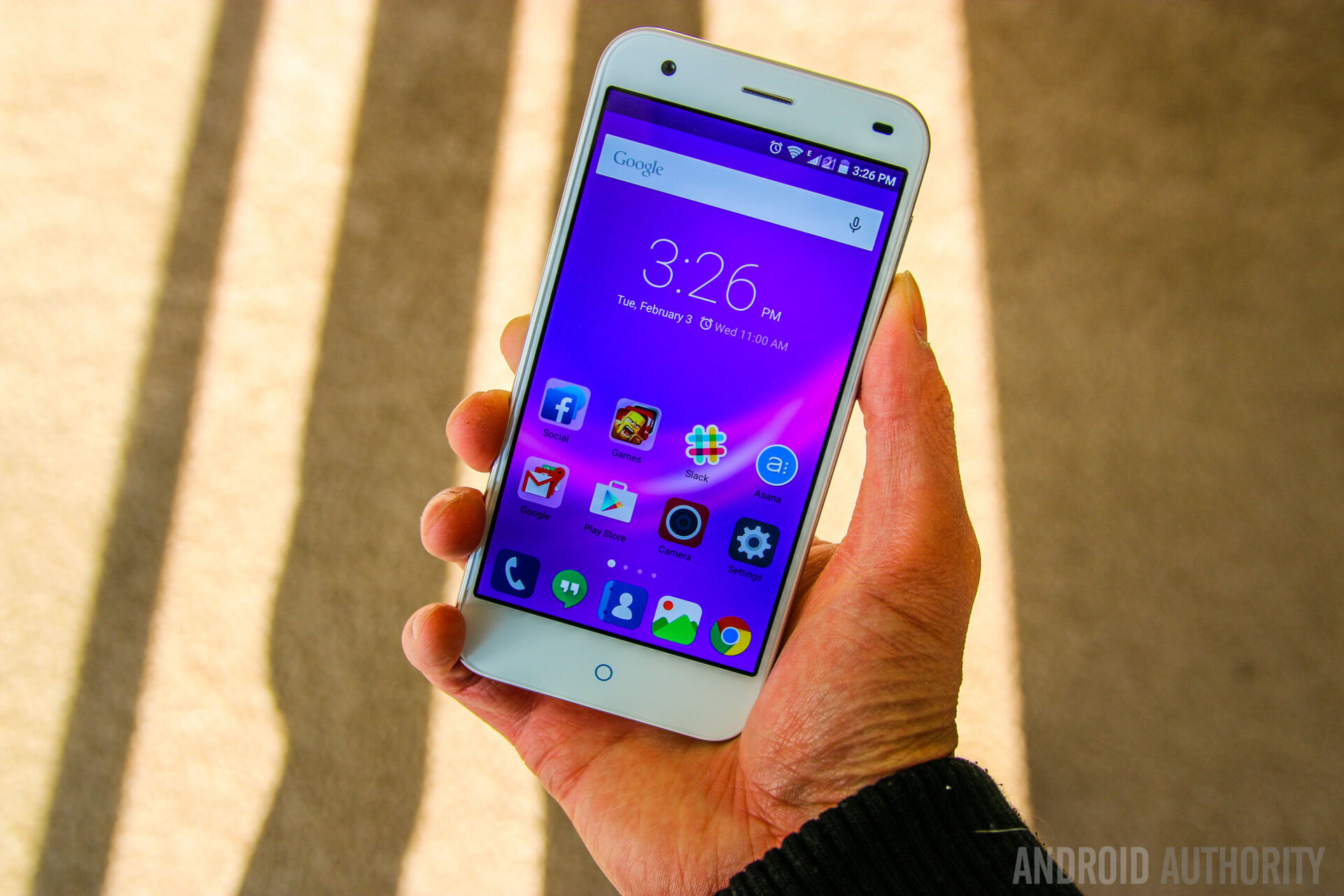
Gesture and motion features can also be found in the settings, and while some of them are gimmicky, others can prove to be quite useful. You do have the option to disable them if you don’t plan to use any. Gesture features include things like Air Gesture, Cover Phone Screen, and Shake It. Air Gesture allows you to control your music by holding volume down button, and drawing a V or an O to start and stop the music. It’s a very awkward thing to do, but it does seem to work pretty consistently. Cover Phone Screen will silence any incoming calls or alarms just by waving your hand over the phone. Shake It will open either the flashlight or camera by shaking the phone when you’re on the lockscreen.
The motion features are a little bit more self-explanatory with features like auto call, auto answer, pocket mode, and flip to mute the device. The rear camera can also be activated by holding the volume up button and bringing the phone up horizontally, and the same thing can also be done with the front facing camera when bringing the phone up vertically towards your face.
And finally, you have MI-POP, which puts a bubble consisting of on-screen navigation keys on your homescreen, for easier one-handed operation. The Blade S6 is already pretty easy to use in one hand, but this is a very handy feature to have just in case you need it.
| Display | 5-inch IPS LCD, HD (1280 x 720 pixels), 294 ppi |
|---|---|
Processor | 1.7 GHz Qualcomm Snapdragon 615 Octa-Core (MSM8939) |
RAM | 2GB |
Camera | Rear: 13MP, f 2.0, Sony sensor Front: 5MP, 80 degree wide angle |
Battery | 2,400 mAh |
Storage | 16GB, expandable |
Connectivity | GPS, microUSB 2.0, WiFi a/b/g/n, 5GHz, NFC, Bluetooth 4.0 |
Software | Android 5.0 Lollipop |
Dimensions | 144 x 70.7 x 7.7 mm |
The ZTE Blade S6 will be available globally from February 10, directly through Ali Express and on Amazon in select markets. The price is very affordable at $249.99, but from the way things are shaping up, the competition at this price range is going to be intense. Everything said and done though, the Blade S6 isn’t a viable option for those living in the US, unless you’re perfectly okay with using Edge data speeds. For those in European and Asian markets, this device is a very solid wallet-friendly smartphone that you should definitely consider.
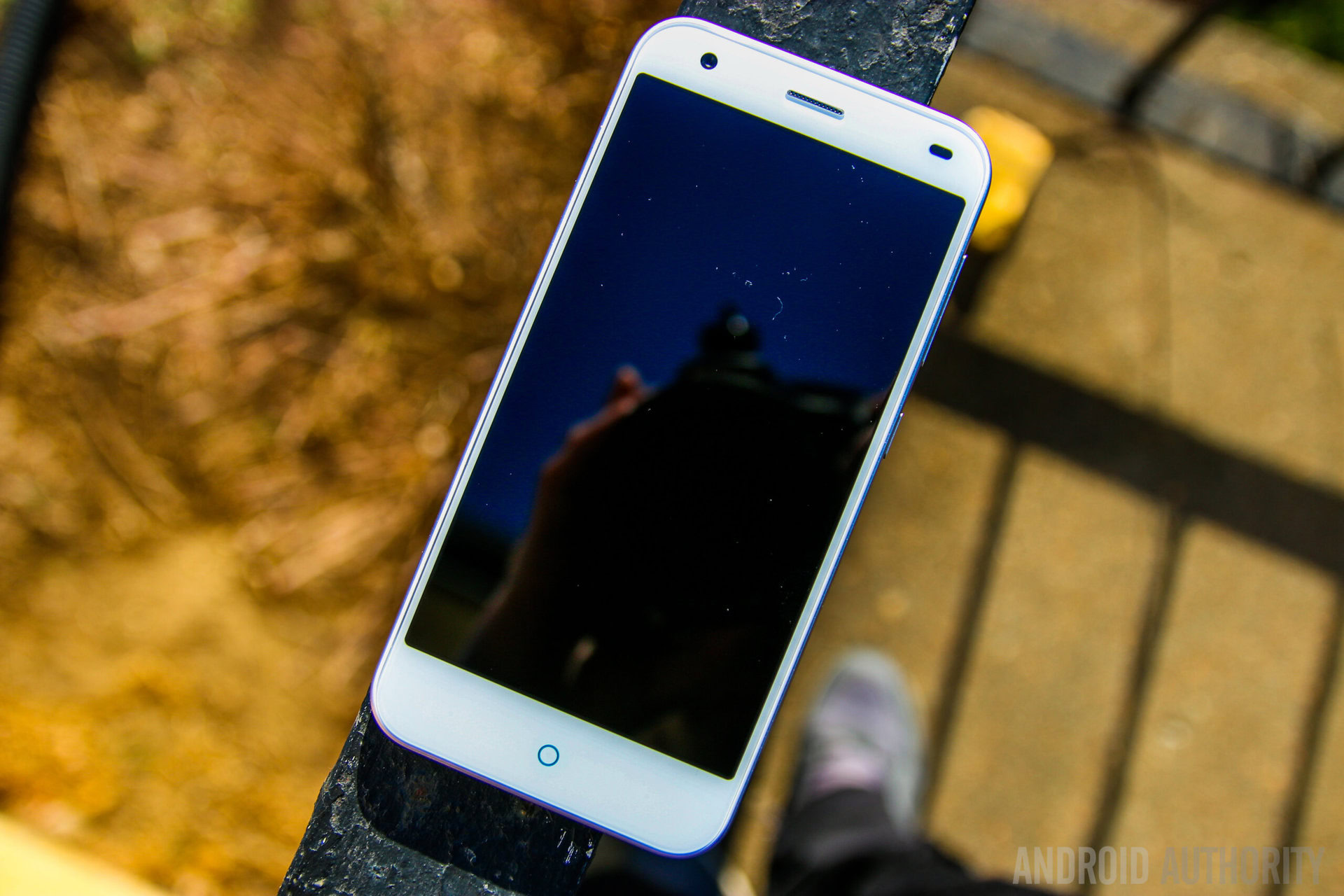
So there you have it – the ZTE Blade S6! While the design and build quality could have been slightly better, once you get past that, what you get with the Blade S6 is a device that offers a best-in-class processing package, a solid camera experience, and the latest iteration of Android, all in a very affordable package.